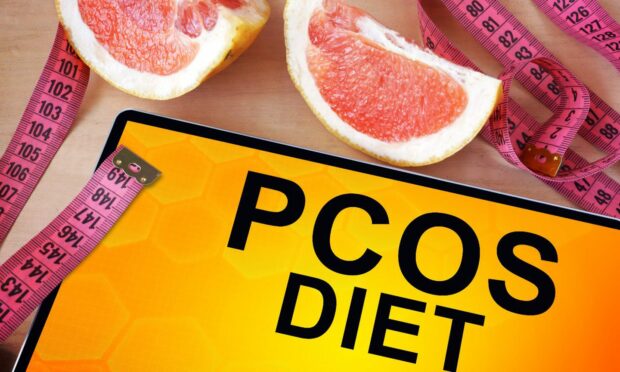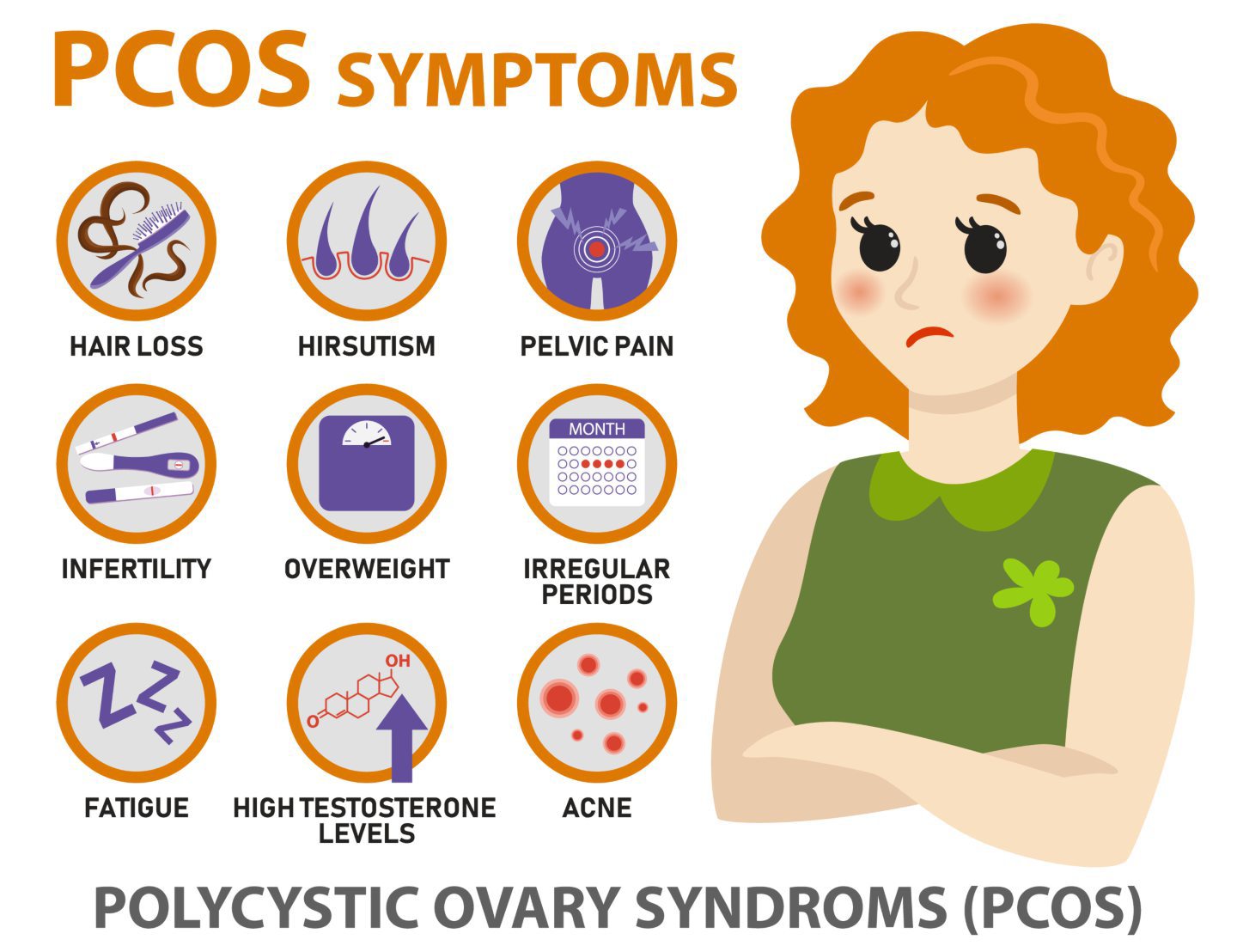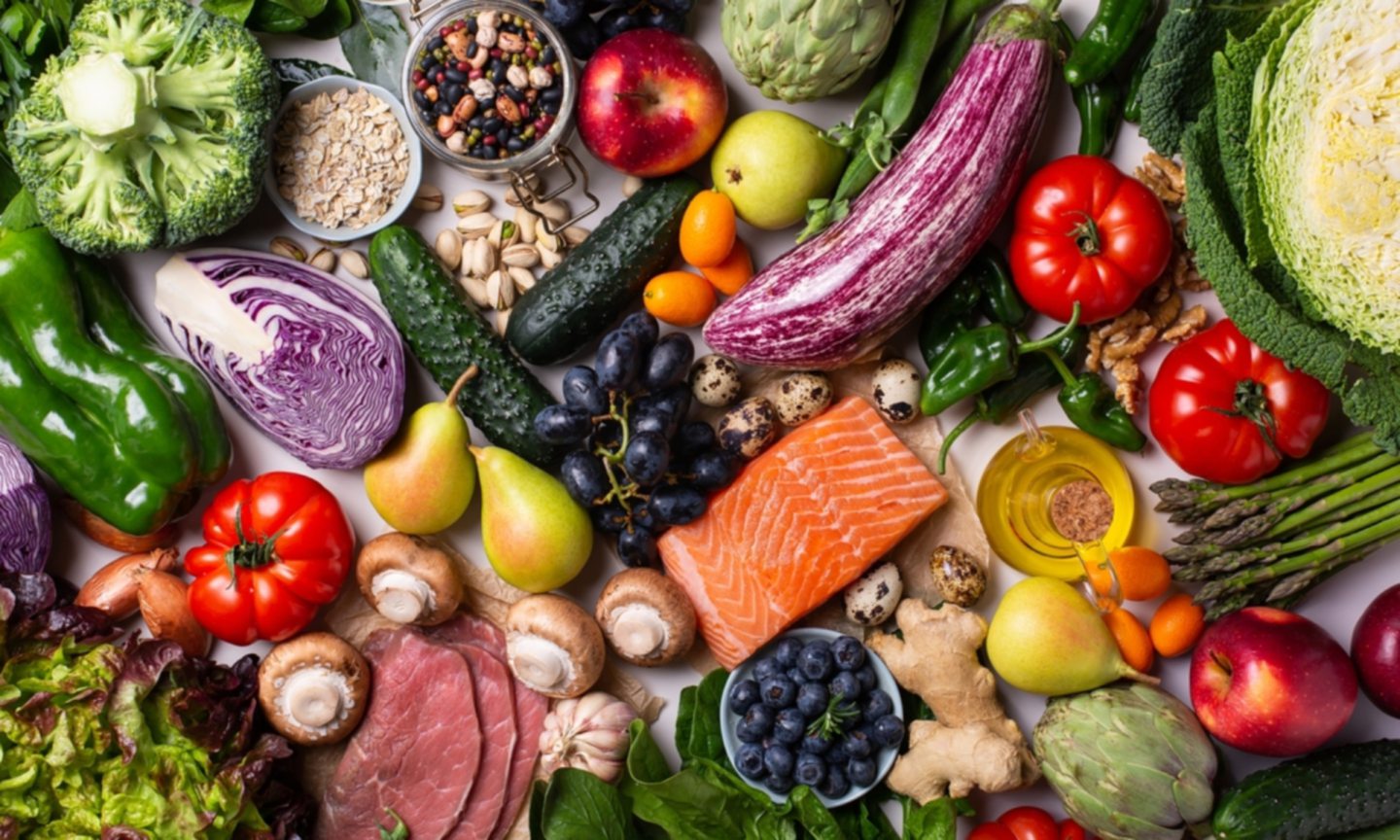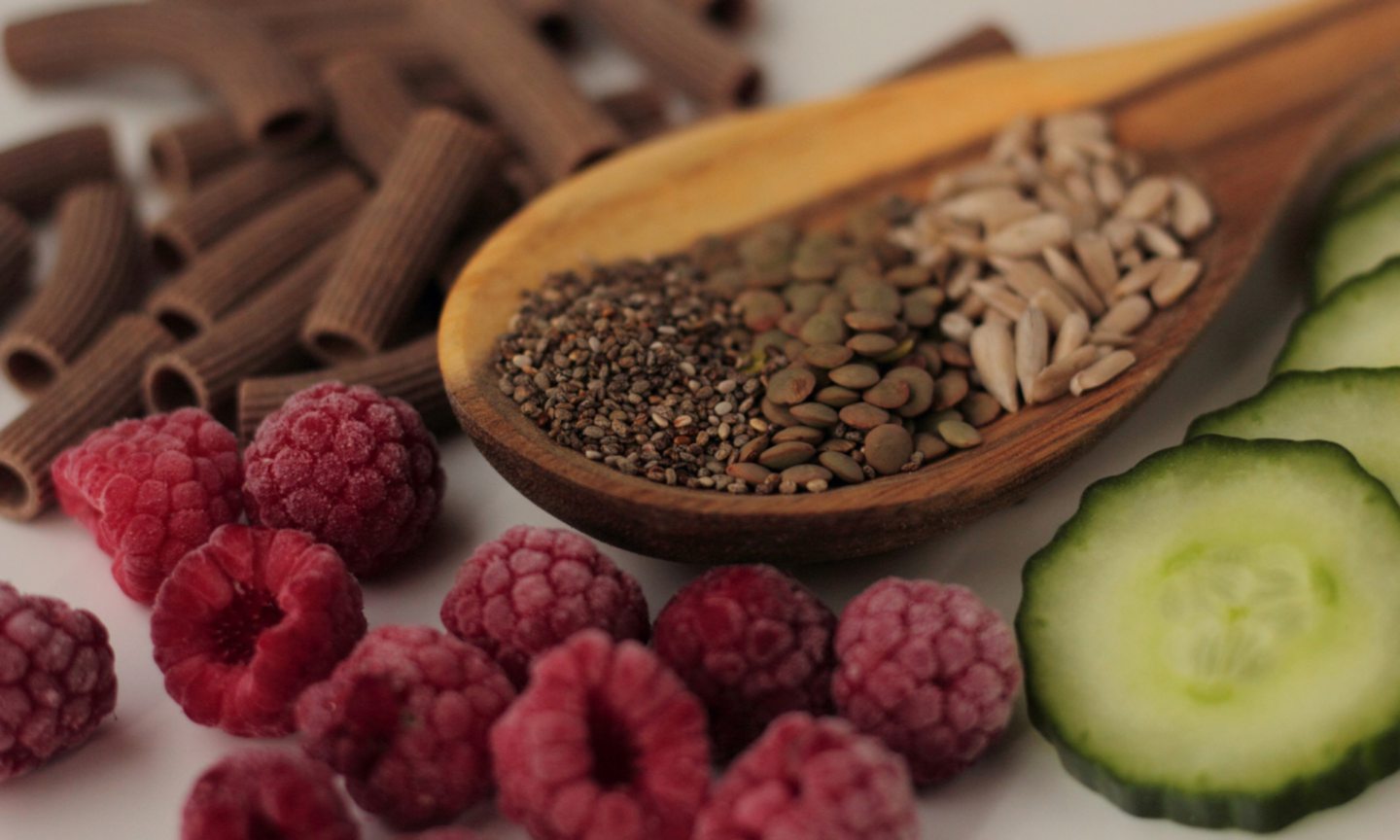Polycystic ovary syndrome affects one in 10 women in the UK.
The condition can have a major impact not only on your body but also your eating habits.
It is known more commonly as PCOS and it is a common condition that affects the way a woman’s ovaries work.
The three main features of PCOS include irregular periods, high levels of male hormones in your body causing excess hair growth, and ovaries enlarging due to containing fluid filled sacs that surround the eggs.
The external symptoms that women can develop according to the NHS can include:
- Irregular or no periods
- Difficulty getting pregnant
- Excessive hair growth
- Weight gain
- Thinning hair and hair loss
- Oily skin or acne
- Abnormal hormone levels
For many women experiencing this it can be very emotionally and physically challenging and since in many cases it runs in families there is no way of avoiding the condition.
Balanced diets can improve symptoms
Since there is no cure for PCOS, many women are left feeling frustrated and because of the abnormal hormone produced in the body, it often becomes insulin resistant.
When this happens the body produces more insulin to make up for it as it believes there is a lack of insulin. This build up can in turn cause excess weight gain in some cases.
Although there is no way of stopping this, eating a balanced diet can help in reducing the amount of excess weight gained.
Eating foods that digest slower can cause the insulin levels to rise at a slower rate than they would otherwise.
What to eat and avoid?
Foods that should be eaten are:
- High fibre vegetables like broccoli, cauliflower, beans, lentils, sweet potatoes and berries
- Lean protein like chicken, fish and tofu
- Anti-inflammatory foods and spices like tomatoes, kale, spinach and turmeric
On the other hand, foods that should be avoided include:
- High refined carbs like white bread, muffins and sugary desserts
- Sugary snacks and fizzy drinks like cakes, biscuits and chocolate spreads
- Inflammatory foods like processed meat, excess butter and fatty cuts of meat
Make small changes first
As with any changes it is important to start small and build them up slowly over time.
Often it can be tempting to try and change everything in one go, but the reality is that those changes are short term and unsustainable.
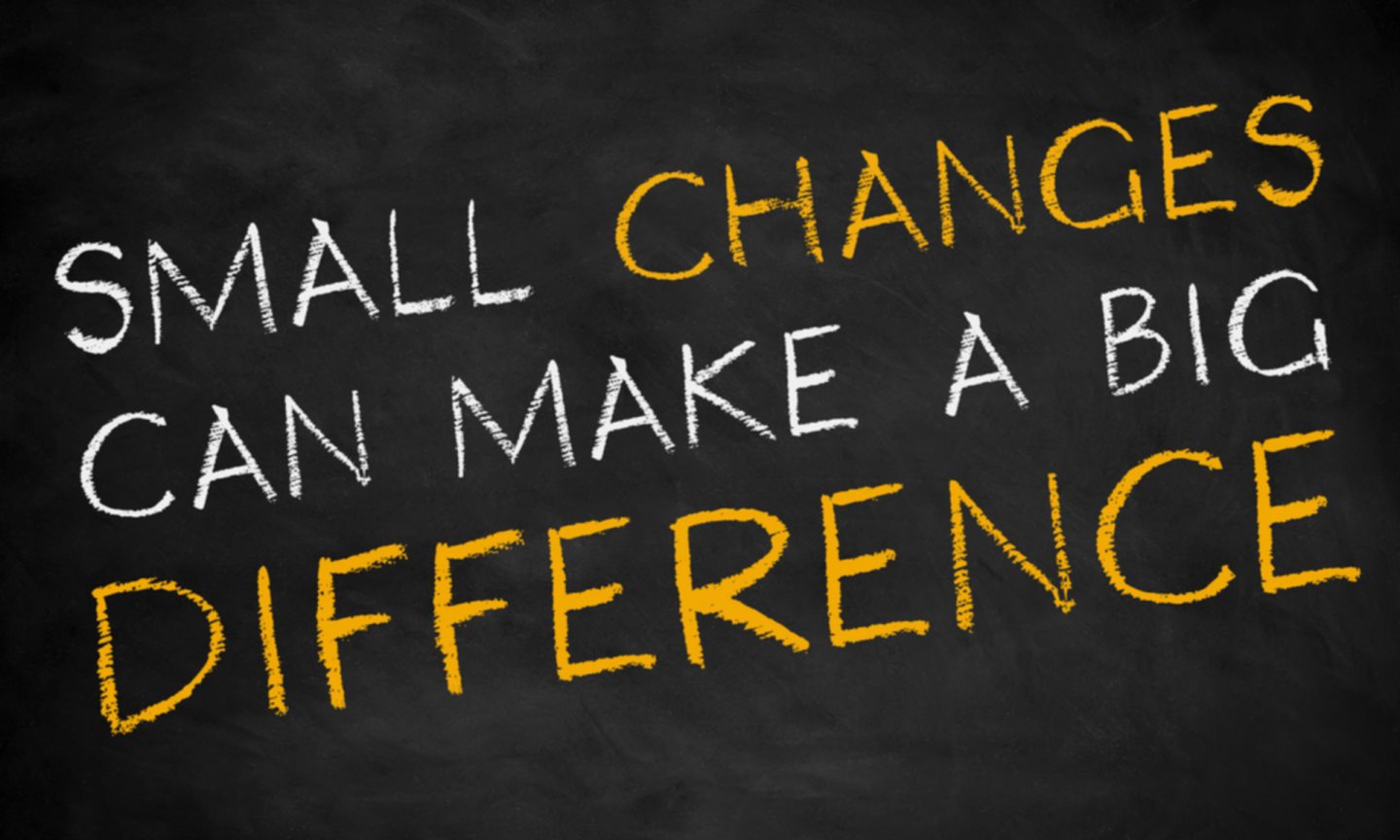
In order to make long lasting habits making small choices like choosing brown bread over white or eating berries instead of sugar desserts can help you on your journey and eventually become a regular habit.
In time, once the rewards are seen from these small changes, it will motivate you to carry on and make more positive lifestyle and eating decisions.
Mariam Okhai is a food and drink journalist who also researches food behaviour.
She has a Masters in Behavioural Science for Management from the University of Stirling. Her undergraduate degree was in Psychology and Business Economics with Marketing.
She is also a certified habit coach.
You can find out more about her research on her Behavioural Foodie website.
